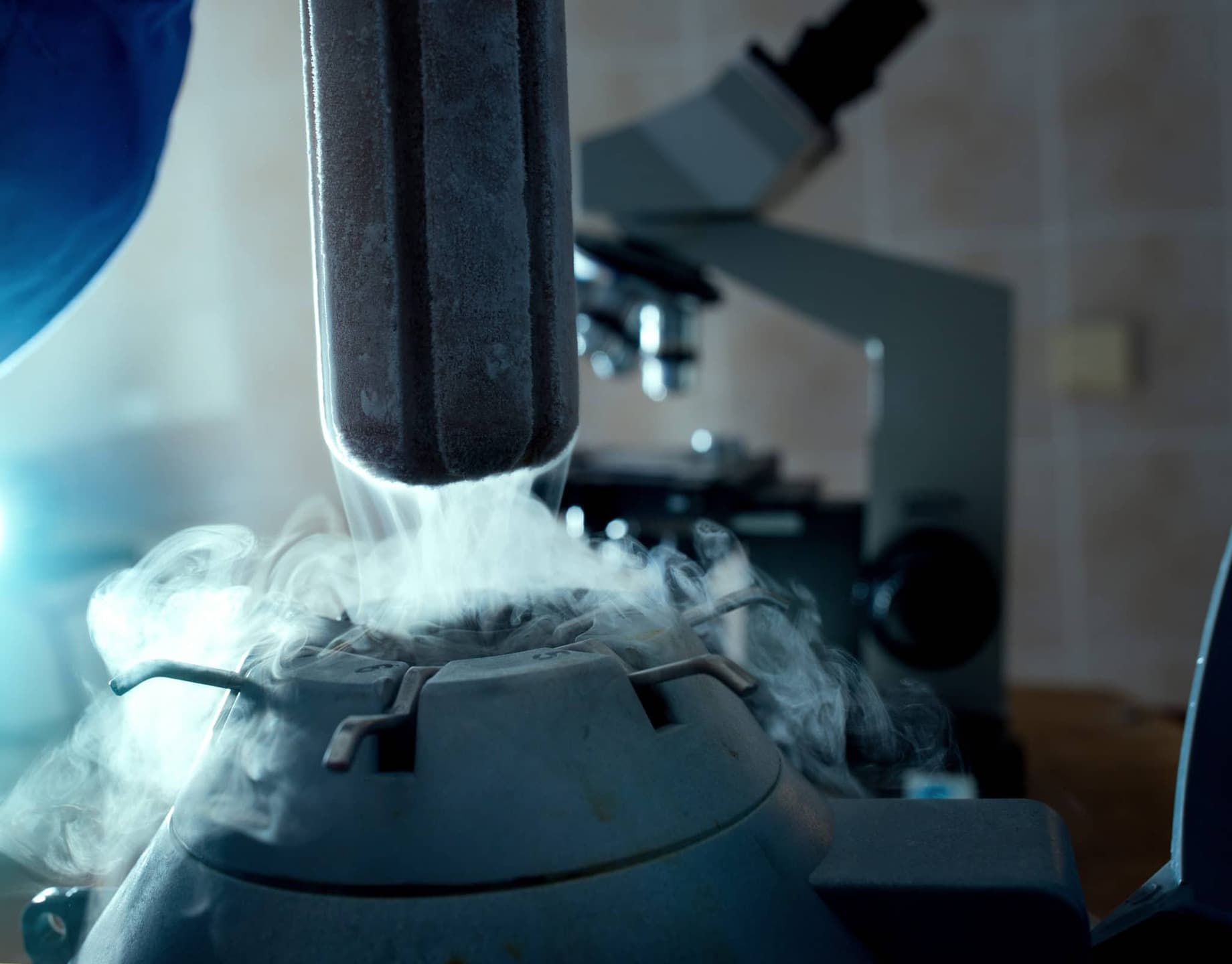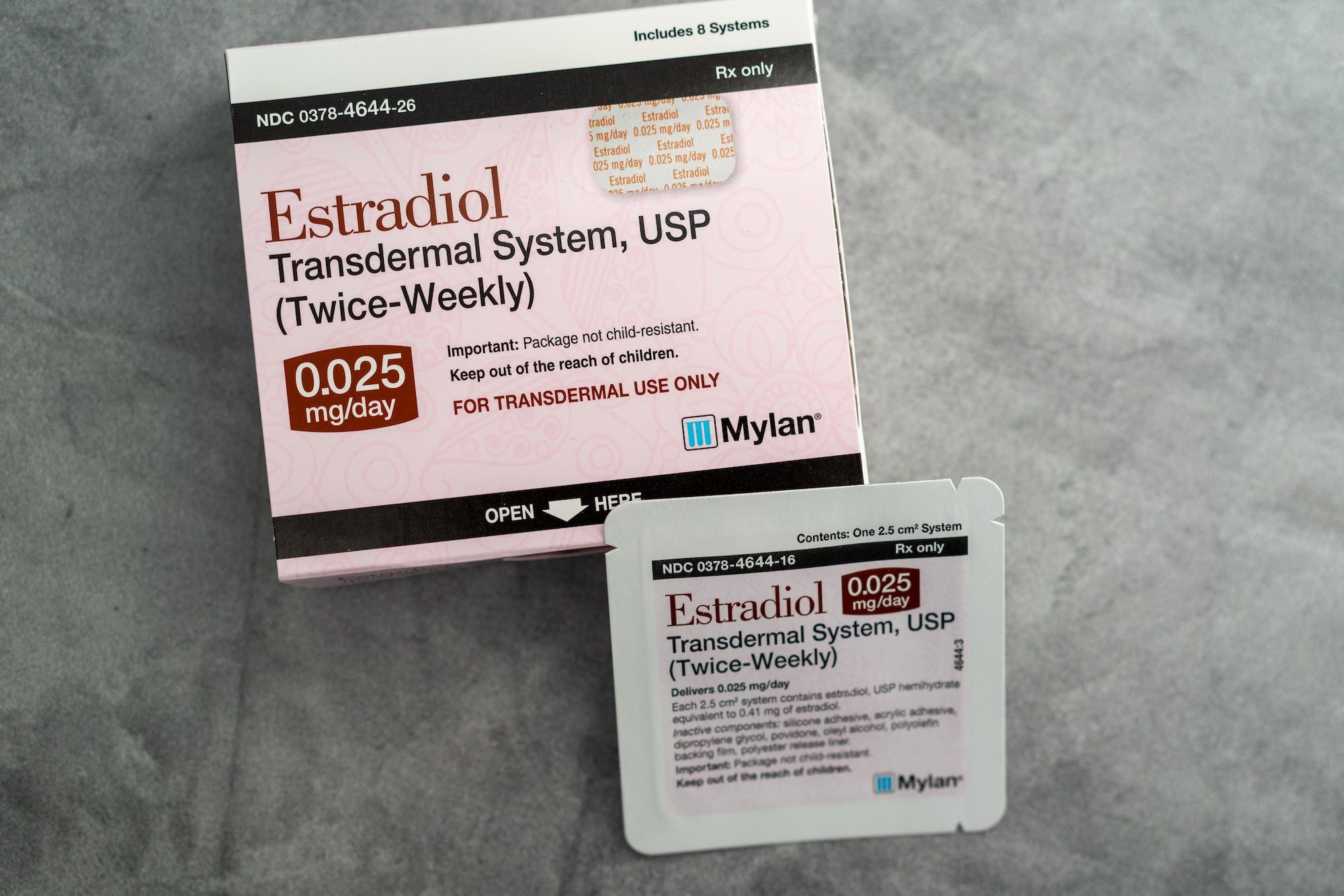Sperm freezing opens up many paths for people who produce sperm. It provides flexibility to start a family later in life, provides assurance for those who work in high-risk environments, and provides more options for transgender women before they undergo gender affirmation therapy or surgery.
Regardless of why someone wants to freeze their sperm, anyone who is considering it will likely have a lot of questions. In this article, we’re covering the most frequently asked questions about sperm freezing.
Takeaways:
- Freezing your sperm with an at-home kit can provide substantial cost savings compared to freezing sperm at a traditional clinic.
- Under the right conditions, frozen sperm can be stored indefinitely for future use.
- The amount of sperm you should freeze depends on the assisted reproductive technology you plan to use, your family planning goals, and your overall sperm quality.
How much does sperm freezing cost?
As with any other decision, cost is a major deciding factor when considering sperm freezing. At a traditional fertility clinic or sperm bank, the initial testing and storage will usually cost $1,000 with an additional $300–$500 per year for ongoing sperm storage. Those are just average numbers; the cost could be higher depending on your location and the clinic you choose.
In many states, health insurance plans will not cover the cost of sperm storage, or will only cover it for cancer patients or others going through a medical treatment that may impact fertility. For those freezing sperm for other reasons, payments may need to be made out of pocket.
With Legacy, a semen analysis kit costs $295, with storage costs starting at $120 per year — significantly lower than the cost of going through a traditional clinic. There are also sperm storage package options that offer additional savings and the option to pay in installments. Explore those options here.
Can I freeze sperm at home?
Freezing sperm at home: While the sperm freezing process seems as easy as producing a sample in a sanitary vessel and storing it in a freezer, it is actually much more complex.
First, semen should be analyzed for quality parameters like sperm count, concentration, motility, and morphology. You want to make sure that the sperm you’re preserving is viable and can result in a pregnancy later on.
Before being frozen, the sperm will be “washed” and mixed with a cryoprotectant to prevent damage. Sperm is frozen using liquid nitrogen and stored in liquid nitrogen tanks at -196º Celsius.
Finally, after your sperm is frozen, a post-thaw analysis should be performed. In this analysis, a small portion of your frozen sperm will be thawed to ensure the sample will survive the process when you’re ready to use it.
It’s not possible to replicate this process at home. However, Legacy’s at-home freezing kits offer you the opportunity to produce your sample at home and mail it in to our lab for testing and cryopreservation.
How long can sperm stay frozen?
Frozen sperm can last indefinitely. Research shows that over time, sperm quality stays stable. In one study of over 100,000 donor sperm samples, there was no significant difference between pregnancy and live birth rates from those who used sperm frozen for less than 5 years compared to 10 or more.
A scientific report also showed that sperm stored for 40 years maintained its ability to result in live birth through intracytoplasmic sperm injection. This case study found frozen sperm can be maintained for several decades with little to no damage when stored in proper conditions: liquid nitrogen tanks to maintain a very low temperature.
Additionally, to mitigate any risk of loss — however small — frozen sperm should be stored at multiple locations. At Legacy, we offer multi-site cryostorage for every sperm freezing client, to provide extra assurance that your fertility is preserved for as long as you choose.
How can frozen sperm be used?
There are three primary options for using frozen sperm: intrauterine insemination (IUI), in vitro fertilization (IVF), and intracytoplasmic sperm injection (ICSI). These three processes are assisted reproductive procedures.
IUI: During IUI, thawed and prepared sperm is inserted directly into the uterus, bypassing the vagina and cervix. The procedure happens at the time of ovulation, often timed using ovulation medication. Generally, if your total motile sperm count (TMSC) is more than 8 million, IUI is an option for you.
IVF: IVF is a process in which eggs are retrieved from a patient’s ovaries surgically and fertilized with sperm in the lab. If your sperm motility is high enough, they will have the option to do IVF without ICSI.
IVF with ICSI: ICSI is an IVF technique in which a single sperm is injected directly into an egg. It’s most useful in cases of male-factor infertility, when sperm motility is low.
Does cryopreservation damage sperm?
It’s natural for sperm to undergo some decrease in quality during the freezing and thawing process. During the freezing process, the sperm may experience osmotic and oxidative stress. Survival rates for frozen sperm are around 85%. However, there are many sperm in a sample, and a small decrease does not affect clinical outcomes significantly.
Research shows pregnancy rates using frozen sperm in IUI are slightly lower than using “fresh” semen samples (16% vs. 21%). With IVF and/or ICSI, though, there’s no difference between fresh and frozen success rates. Research shows that chances of pregnancy with IVF are no less with frozen-thawed than with fresh semen, and another study demonstrated that pregnancy rates are equivalent when using frozen sperm in IVF with ICSI, compared to fresh.
Even long-term storage is unlikely to have an impact on outcomes. One study found nearly equivalent live birth rates for women undergoing artificial insemination with donor sperm frozen for up to 15 years.
How much sperm should I freeze?
Certain assisted reproductive procedures may require different amounts of sperm. If you have a certain procedure planned or probably, you’ll probably want to discuss recommendations with a fertility specialist.
IUI has a success rate of 10–20%, and each treatment cycle requires a vial of sperm. Therefore, it’s recommended that you freeze 3–5 vials of sperm per pregnancy you hope to have with IUI. ICSI, on the other hand, only requires a single sperm, and IVF success rates are around 40–50%. Therefore, one vial of sperm could represent many cycles with ICSI, and IVF is a more “sperm efficient” technique.
There are other factors that may impact how much sperm you should freeze as well. What are your family planning goals? Are you hoping to have one child or a few? This will have an impact on how much sperm you should freeze.
Another factor to take into consideration is your semen analysis test results. Do you have a high, average, or low sperm count and motility? If your count or motility is on the lower side, it may be in your best interest to freeze a greater quantity of semen samples.
Learn more about the sperm freezing process
Before you make any decision, it’s important to understand the process behind it. Read our guide to sperm freezing for research-backed, detailed information on just about everything you’ll want to know about the process.
Or, if you’re ready, get started with sperm freezing.



